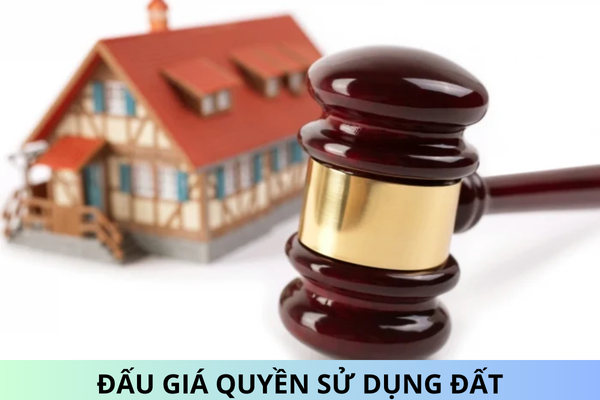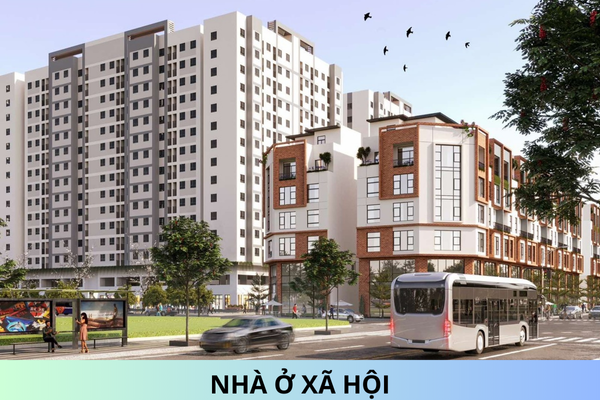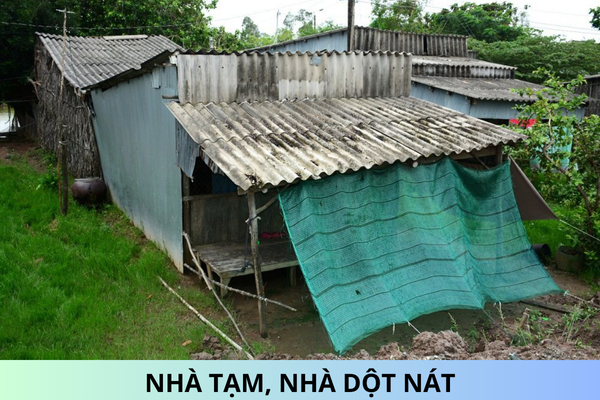Template for House Lease Contract as Public Property not for Residential Use, Effective from October 15, 2024
Sample Contract for Leasing State-Owned Property Not for Housing Effective from October 15, 2024
Based on Article 18 of Decree 108/2024/ND-CP which regulates the leasing of state-owned property not for housing, the contract includes the following principal contents:
[1] Information about the lessor and the lessee
[2] Information about the house and construction works to be leased
[3] Rental price and adjustments to the rental price
[4] Method and duration of payment
[5] Lease term; time of handover and receipt of the house or land
[6] Purpose of using the house
[7] Conditions for renewing the contract
[8] Rights and obligations of the parties
[9] Liability for breach of contract
[10] Penalties for contract violations
[11] Cases of termination of the contract and handling measures
[12] Dispute resolution
[13] Effective date of the contract
[14] Other contents in compliance with this Decree and relevant laws.
Based on the Appendix issued together with Decree 108/2024/ND-CP, the sample contract for leasing state-owned property not for housing is as follows:
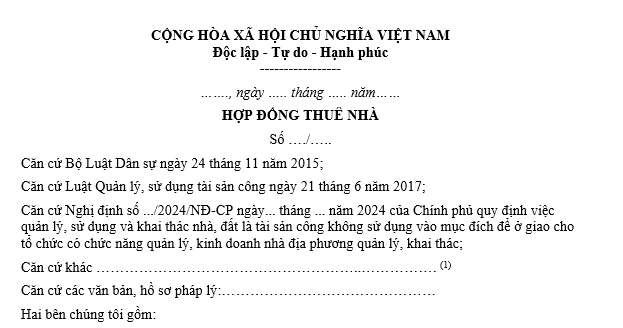
Download the sample contract here: Download
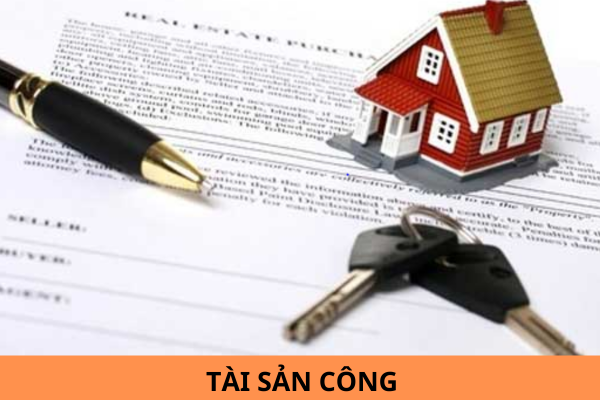
Sample Contract for Leasing State-Owned Property Not for Housing Effective from October 15, 2024 (Image from the Internet)
How is the area of state-owned property not for housing lease determined?
Based on Article 11 of Decree 108/2024/ND-CP which regulates the area of houses for lease:
Article 11. Area of Houses for Lease
The area of the house for lease includes the entire usable floor space, covering both privately used areas for each entity and common use areas (if any). In cases where a house is leased to multiple organizations or individuals with a common use area (where specific areas used by each entity cannot be determined), the common use area is proportionally allocated corresponding to the privately used areas to calculate the rental fee for each lessee.
According to the above regulations, the area of state-owned property not for housing lease includes the entire usable floor space, covering both privately used areas for each entity and common use areas (if any).
What does state-owned housing include?
Based on Article 13 of the Housing Law 2023, state-owned housing includes:
Article 13. State-Owned Housing
- State-owned housing includes:
a) Official residences, including central official residences and local official residences as regulated by housing laws;
b) Resettlement housing invested or acquired by the State to arrange for resettlement as regulated by housing laws but not yet arranged;
c) Social housing and housing for the armed forces invested by the State to provide for entitled individuals under social housing policies as regulated by housing laws;
d) Housing not covered in points a, b, and c of this clause, constructed with state budget funds or originating from state budget funds, or established as public-owned under the laws over various periods, and currently leased to households and individuals under housing laws;
e) Housing owned by other entities transferred to public ownership under the laws, excluding cases specified in point d of this clause.
- The development, management, and utilization of state-owned housing comply with this Law; if not regulated by this Law, the management and utilization of state-owned housing follow the Law on Management and Utilization of Public Property.
Thus, state-owned housing includes:
[1] Official residences, including central official residences and local official residences as regulated by housing laws
[2] Resettlement housing invested or acquired by the State to arrange for resettlement as regulated by housing laws but not yet arranged
[3] Social housing and housing for the armed forces invested by the State to provide for entitled individuals under social housing policies as regulated by housing laws
[4] Housing not covered in the above cases, constructed with state budget funds or originating from state budget funds, or established as public-owned under the laws over various periods, and currently leased to households and individuals under housing laws
[5] Housing owned by other entities transferred to public ownership under the laws, excluding cases specified in [4]


